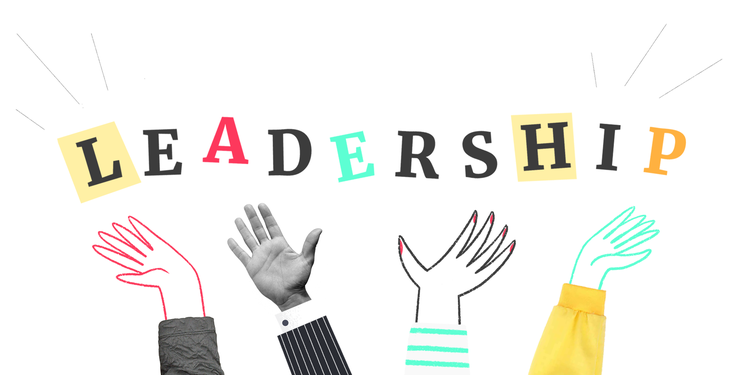
There are two main ways I’ve seen conflicting interests affect mentors/supervisors; one is a personal conflict of interest, and the other is a dual relationship.
The First Conflict
A personal conflict of interest can take many forms but generally, it means the mentor/supervisor is putting a personal interest above the wellbeing of their client. This could look like a mentor taking on a mentee he is ill-equipped to work with. For example, they have specific trauma that he has no experience in dealing with because he wants the money he would make from their sessions. Or this could be a supervisor who takes a job because he believes it will open more doors professionally, despite having reservations about the employer’s ethics. The well-being of the mentee/supervisee should always be the first priority.
The Second Conflict
The other common conflict of interest is dual relationships. This means that a personal relationship with the client already exists or is established after mentoring begins. This happens frequently in life, naturally among family, friends and within workplaces; the manager influences the employees’ way of working, a grandfather mentors a grandson, a teacher makes a large impact on a student. Parents mentor their children as they teach them basic life lessons or discuss their struggles.
However, dual relationships are to be avoided in professional sessions. Close relationships create blindspots, and being fully objective with a close personal friend or family member is difficult and often impossible. Difficulties arise, like mentoring a personal friend who frequently comes to dinner or whose family goes on holiday with yours. A difficult conversation where you challenge their beliefs or actions may affect your pre-existing relationship, and even destroy it. A good rule is if there is an important pre-existing relationship that you would hate to see complicated, don’t enter into a professional mentoring/supervising relationship. The relationship that already exists should be the priority.
Navigating Carefully
Mentoring/supervising an acquaintance is different. This can be done ethically, without fearing collusion, blindspots or objectivity, as long as there is a degree of independence between you. For example, you wouldn’t want to mentor/supervise an employee directly in your inline management. Still, it is important to be careful; you can begin by addressing your relationship before your sessions. Setting a clear contract with established boundaries is essential with any client. This is especially important with a person you may have a dual relationship with. Make sure you have communicated that their privacy comes first, and what happens within a session will stay between the two of you.
Reflection Questions:
- Am I taking this client on primarily for income or does my client really need this?
- Do I have a pre-existing relationship with my client? Would this cause any bias or blind spots?
- Who can I speak to about dual relationships to make sure I am navigating them ethically?
Whats Next:
– Is there any professional relationship that I have that warrants a conversation with a professional supervisor? Can we help you find a professional supervisor? https://vervelead.com/supervision/ If so, please get in touch. https://vervelead.com/contact/
Continue reading with these articles…
Recent Posts
Categories
- Coaching
- Emotional Health
- Empowering Transformative Action
- Flourish
- Gauges
- Grief
- Grief
- Healthy Emotional Intelligence
- Healthy Lifestyle
- Mature Disciple: foundational competency for mentoring
- Mentoring Excellence
- Professional Supervision
- Reduced Risk
- Replenish
- Resources
- Seasoned Christian Leadership
- Sustainable Life
- Thriving Relationships
- Uncategorized
- Videos
- Vital Spirituality
- Well-Being
- Well-Being Mentoring



